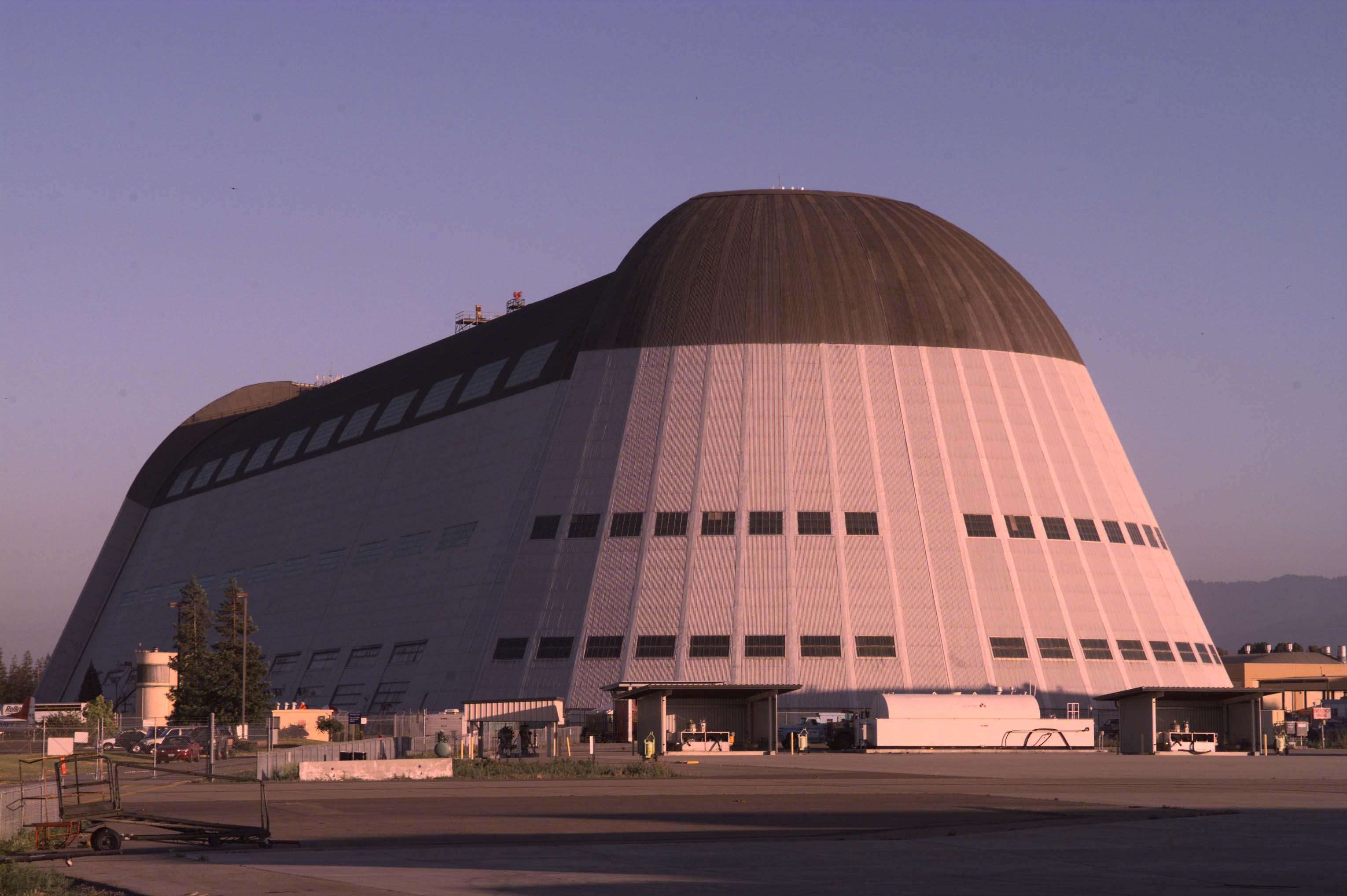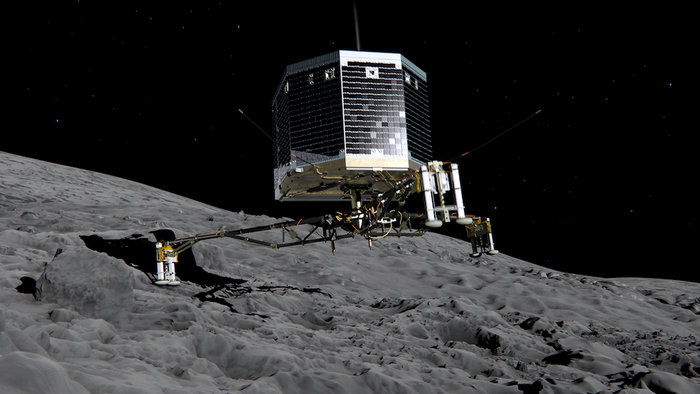

Moffett Field Naval Air Station: Google’s new roboticss research facility.
Google is a company synonymous with innovation. Whether it’s by bringing entertainment to your TV via your smartphone, keeping you healthy by studying your blood, or making the roads safer with autonomous vehicles, Google seems to have grasped everything that involves technology.
And that grasp just got a little tighter.
By signing a 60-year, $1.16 billion lease of Moffett Field Naval Air Station in San Francisco, Google is making one thing clear: They are committed to making an impact on our future. While the search giant hasn’t revealed the exact details of what they plan to do with the 1,000 acre site, it’s an ideal location to house all those robotic companies they recently acquired. It’s also the perfect place to reach for the moon.
Google Robots are Already Here and They’re Heading for Outer Space
It’s no secret that Google has a strong fascination with robotics and space exploration. The company recently acquired several robotics firms and has even offered a $20 million prize to anyone that can land a robot safely on the moon. They even have a robot that knows karate. The only question is why?
“As Nasa expands its presence in space, we are making strides to reduce our footprint here on Earth. Moffett Field plays an important role in the Bay Area and is poised to continue to do so through this lease arrangement.”
— Charles Bolden, NASA Administrator
Moffett Field is an important landmark in Silicon Valley and Google’s acquisition will only make it better. As part of the rental agreement, Planetary Ventures (Google’s real estate subsidiary) will invest more than $200 million into improving the property and it will also greatly benefit the public.
Among the planned upgrades are:
- Refurbishing and protecting historic Hangar One in accordance with standards established for historic properties by the U.S. Secretary of the Interior;
- Rehabilitating historic Hangars Two and Three;
- Operating MFA in accordance with the Programmatic Environmental Impact Statement for public and private use; and,
- Creating an educational facility where the public can explore the site’s legacy and the role of technology in the history of Silicon Valley.
Clearly, Google wants the public to know more about space exploration and how it ties in with robotics. And, all “Skynet” jokes aside, it’s probably a good thing. I’m also not the only one that thinks so.
To Infinity and Beyond
Intelligent men such as Elon Musk and Richard Branson believe space travel is imperative for the survival of humans — and robotics are paving the way. Their companies — SpaceX and Virgin Galactic — are also working hard to find low-cost solutions that could potentially make everyone an astronaut. The fact that Google is also on board only solidifies my belief that it will happen sooner rather than later.
With the European Space Agency recently succeeding in landing a robot on a comet, the era of robotic space travel has just entered a new era. This is the first time in history such a feat has been accomplished and it’s up to Google to take it to the next level — just how they’re doing with other technology products like self-driving cars and Chromecast.
But if we want the robots to help us, we have to help them first. That’s why researchers at Oslo University are producing self-instructing robots on 3D printers.
If we expect robots to extract minerals from other planets, it only makes sense that they are self-learning and self-repairing. Otherwise we’ll never be able to successfully use robots to our advantage. And “making things better” is Google’s specialty.

Still image from animation of Philae separating from Rosetta and descending to the surface of comet 67P/Churyumov-Gerasimenko in November 2014.
“In the future, robots must be able to solve tasks in deep mines on distant planets, in radioactive disaster areas, in hazardous landslip areas and on the sea bed beneath the Antarctic. These environments are so extreme that no human being can cope. Everything needs to be automatically controlled. Imagine that the robot is entering the wreckage of a nuclear power plant. It finds a staircase that no-one has thought of. The robot takes a picture. The picture is analyzed. The arms of one of the robots is fitted with a printer. This produces a new robot, or a new part for the existing robot, which enables it to negotiate the stairs.”
— Kyrre Glette, Associate Professor at Oslo University’s Department of Informatics
It’s Time to Get to Work
Once the renovations are complete at Moffett Field, Google will begin working on “research, development, assembly and testing in the areas of space exploration, aviation, rover/robotics, and other emerging technologies.” This is an exciting time for humanity — not just those interesting in robotics and space exploration — because this program has the potential to change the world (and space) forever.
There’s no telling what Google has in store for us but they are one of the few companies paving the road to a robotic future. And as the “Internet of Things” has made it easier than ever for anyone to connect computers with anything, anyone with a Wi-Fi connection and a 3D printer can be a robotics engineer.
Google is much more than a search engine and their products have singlehandedly changed the world forever. And while I don’t necessarily know how they’ll use robots to help us survive in outer space; I can’t wait to find out.
What do you think? What role will robots play in our future? What will Google use Moffett Field for? Will robots help us get to outer space? Let us know in the comments below!
